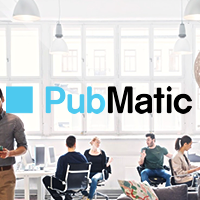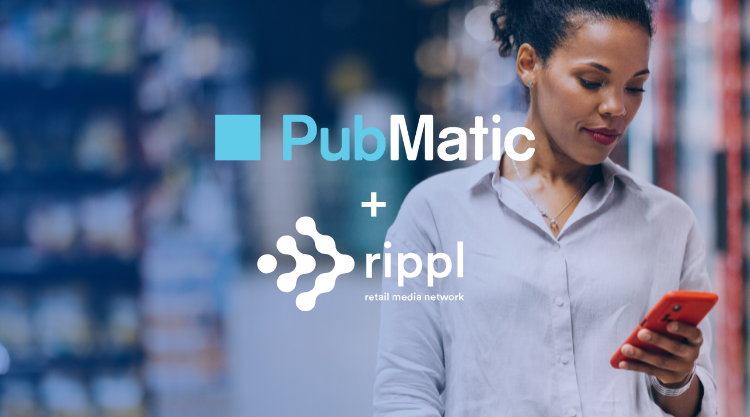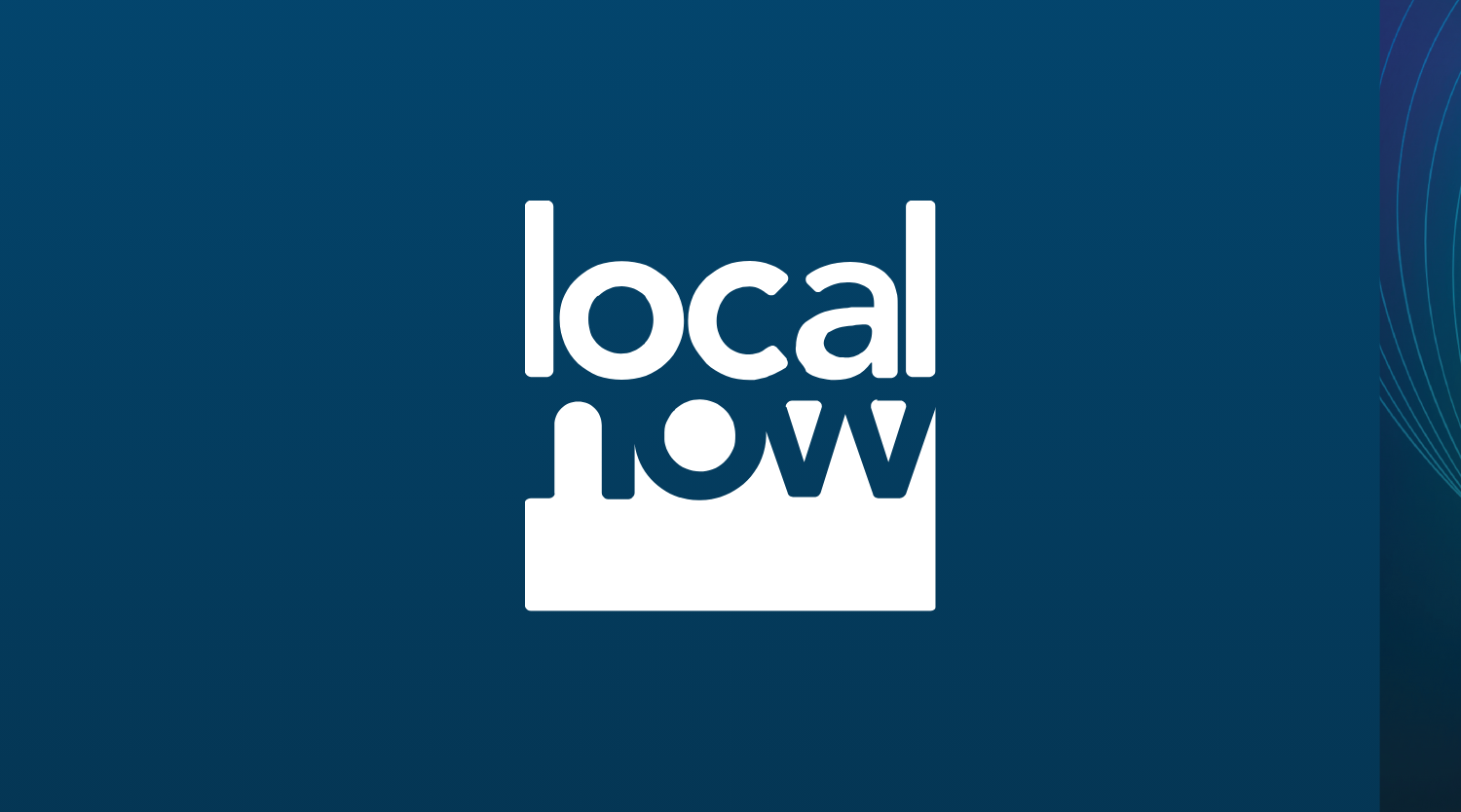A Conversation with Adrian Pang, PubMatic’s Senior Director of Product
There is a lot of recent discussion in the digital advertising space around the topic of “Programmatic Direct.” Throughout his career, Adrian Pang has led innovation in developing programmatic solutions. He is currently the product team lead developing PubMatic’s Programmatic Direct solution, which was released on Monday of last week.
Here’s a Q&A interview with Adrian in which brings some clarity to the confusion surrounding Programmatic Direct.
Q) There’s a lot of buzz around the term “Programmatic Direct” in the marketplace, but also a lot of confusion about what it really is. Can you define “Programmatic Direct” in the simplest possible way?
AP: Programmatic Direct is a term used to describe transaction workflows for direct sold media. Through programmatic direct, both buyers and sellers can leverage programmatic technology to create more seamless and automated transactions for both parties. This includes Automated Guaranteed deals as well as Private Marketplace (PMP) transactions, which are direct deals that give publishers the ability to designate certain inventory for a select buyer or group of buyers that utilizes Real-Time Bidding (RTB) technology..
If you think about the way that digital advertising inventory has traditionally been bought and sold, it often involves a buyer picking up a telephone to call a publisher – or even several publishers – to determine what packages are available at what prices. In recent years, this has changed to some degree, somewhat driven by the rapid adoption of RTB, which allows buyers and sellers to transact in a “real-time” auction environment. The success of the open market auction has provided a lot of learning that has now informed ways to improve the non-auction based direct buys, and auction based buys in which the buyer and seller are aware of each other.
Through Programmatic Direct, buyers can now use a digital interface to interact with a publisher and to discover and purchase inventory, standard packages, sponsorships, custom buys or other offers a publisher wants to make available.
Q) Is Programmatic Direct really going to improve media buying and selling? If so, how?
AP: Programmatic Direct should reduce the friction that exists within media transactions in a number of ways. First, it will provide buyers with vastly improved discoverability – in other words, the ability to know what a publisher offers and find other inventory availability. Buyers will be able to quickly and easily search, discover and transact on inventory through an interface, reducing the need to call their publishers for tactical information.
Another enormous benefit of Programmatic Direct is that it will automate the ad trafficking process. After an offer is accepted or placed inside of the interface, the buy will populate in your ad server of choice. This is significant as it reduces a lot of the possibility for human error, as the technical work that goes into setting-up a digital advertising campaign within an ad server will be done seamlessly. This is immediately a more efficient and effective way to source and place a campaign.
Q) The way you’re describing Programmatic Direct makes it sound a bit like technology is going to replace publishers’ sales and operations teams. Should they be worried?
AP: No, not at all. Think of this as real-time offers from a publisher. Sales and operations teams will remain critically important in this process, but much of the tactical workflow will be automated so they can spend their time being more strategic. With an independent, unified SSP, sales and operations teams now have an intelligent platform to tap into that will help drive better performance for customers and more revenue.
Q) As someone leading a team that’s developing a Programmatic Direct solution, what has been your approach to addressing this challenge?
AP: There has been so much hype and over promising in the area of Programmatic Direct that we felt it was important to get all the parts right for both our publishers and buyers. We put important products in market over the past 18 months anticipating the market maturation to this moment. Real-time analytics and a holistic one platform approach seem like critical prerequisites for an effective Programmatic Direct strategy. We’re honestly surprised that others have claimed to provide workflow solutions to publishers without the fundamental building block of real-time reporting and analytics that allow a publisher to create intelligent real-time offers. That’s why our approach has been to build our Programmatic Direct solution from the ground up. I think of it this way: if you wanted to build the best flying car, you wouldn’t buy a car, or two in some cases, and then try to make it fly. Instead, you’d rethink the idea of what makes a great car and what makes a great plane in order to redefine the concept. Then you’d build that.
Q) I keep hearing talk of Private Marketplaces and Automated Guaranteed, are they both components of Programmatic Direct?
AP: Yes, they are both part of Programmatic Direct. We believe the best approach is a unified approach to Private Marketplace and Automated Guaranteed, so our platform provides publishers with a single way to define their inventory, price and package it—all the while monetizing across different channels. And for buyers, they have many options for working with us on Programmatic Direct. They can access publisher inventory through tools they already use—such as Mediaocean, Kantar Media, and Adslot—or integrate on our APIs or they can access our media buyer portal. The key point is they don’t need multiple point solutions. Instead, we enable the transaction capability for Private Marketplace, Automated Guaranteed and Real Time Bidding all through one platform.
Q) According to last week’s announcement, PubMatic’s Programmatic Direct solution appears to incorporate a number of additional features. Can you explain that a bit?
AP: Of course. As I mentioned, PubMatic Programmatic Direct includes our Private Marketplace solution as well as Automated Guaranteed, which is workflow automation for direct buying and selling, but it also encompasses several other new and updated features. In addition to the Unified API for Private Marketplace and Automated Guaranteed, which we announced a few weeks ago, this new announcement is focused on the release of our dedicated buyer portal and new audience matching tools.
Q) What exactly are the audience matching tools you mentioned?
AP: So inside of this major product release, we have so many very special nuggets and our new audience matching feature is one of the brightest. Currently, programmatic buyers still face many challenges when it comes to buying audience-targeted impressions in an overly fragmented inventory supply. Buyers are not able to access as much of their desired audience-targeted inventory across the various sales channels they have to manage. With audience matching, buyers will share their own audience data and PubMatic will provide a report that identifies the publishers with the highest audience overlap. This is why we called the feature “audience matching”. Based on this information, when a buyer identifies a specific publisher they want to work with, PubMatic will facilitate the connection of the pipes between the publisher and the buyer in setting up a Private Marketplace or Automated Guaranteed deal. This approach supports the value of the analog relationships by making the technical connections seamless.
So with audience matching, the door is open to create new or strengthen existing Programmatic Direct relationships between publishers and buyers based on finding overlap between a buyer’s desired audience segments and a publisher’s inventory.




